The Pacific War: WWII in the East
The Pacific War saw Allied forces defeat Imperial Japan between 1941 and 1945.

The Pacific War was fought across the expanse of the world’s largest ocean as well as Southeast Asia from 1941 to 1945. Waged primarily between the armed forces of the United States and Imperial Japan, though including substantial forces from India, Australia, Britain. The Pacific War was a theater or area of operations within the broader context of World War II.
Though war in Southeast Asia began in 1937, when Imperial Japan invaded the Republic of China, the conflict did not escalate across the Pacific region until the Japanese attack on Pearl Harbor on Dec. 7 1941. This brought the United States into World War II, joining the British Empire and allies. The Pacific War featured some of the bloodiest campaigns of the war, including at Guadalcanal, Iwo Jima, Okinawa and in the Philippines. It ended with the surrender of Imperial Japan in Sept. 1945, after nuclear bombs were dropped on Hiroshima and Nagasaki.
Background to the Pacific War
During the mid-1850s, the United States opened feudal Japan to trade. From its earliest awakening to international involvement, Japan rapidly industrialized and began to exert influence beyond its own borders. By the early 20th century, Japan had emerged as an Asian power with global reach, and was victorious over neighboring Imperial Russia during the Russo-Japanese War of 1904-1905.
In the late 1920s, Japan expanded its military, building a large navy, as well as expanding its land armies and its air power. By 1931, the Japanese Army had already mounted an offensive incursion in the Chinese province of Manchuria, and in 1937 a staged incident at the Marco Polo Bridge near the Chinese capital of Peking led to a full-scale war. The objective of the Japanese was the rich natural resources in Manchuria.
"Japan needed access to resources outside its territory, particularly oil from the East Indies that would fuel its military machine and facilitate the industrial growth needed to maintain that military and to economically dominate the Pacific region," John Wukovits, author of "One Square Mile of Hell: The Battle for Tarawa" (NAL Caliber, 2006), told Live Science in a telephone interview. "The Japanese realized that in order to sustain their military and execute a grand strategy of territorial expansion and hegemony in the Pacific they had to be able to sustain their war machine."
Pearl Harbor and U.S. entry into the war
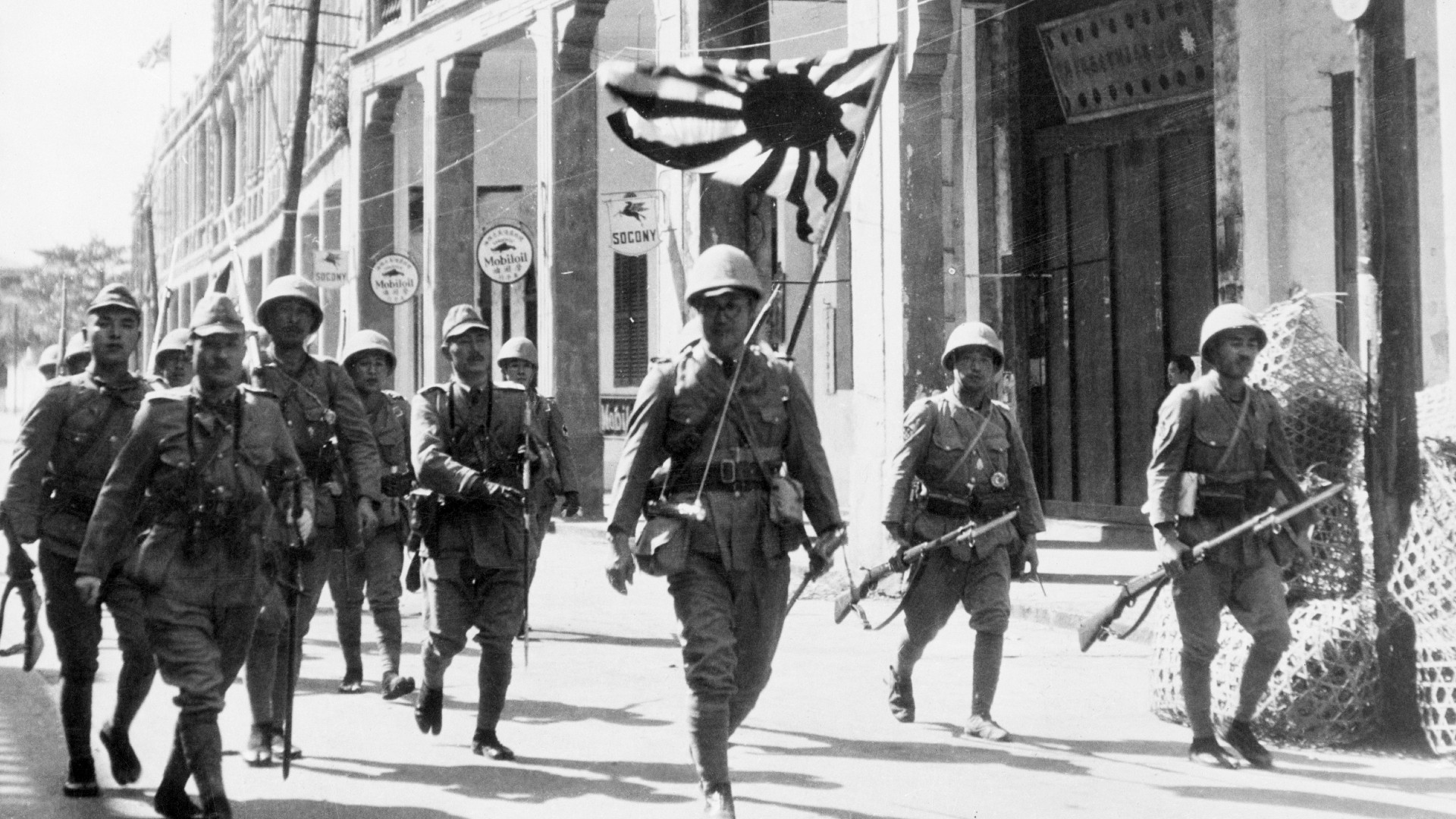
From the 1930s Japan had begun allying with Nazi Germany and Fascist Italy, starting by signing the Anti-Comintern Pact against the Soviet Union in 1937. After the fall of France in June 1940, Japanese troops occupied Indochina, which was then a French colony, which caused concern in the U.S, according to William B. Hopkins', book "The Pacific War: The strategy, politics, and players that won the war" (Zenith Press, 2010).
"For months, ambassador Joseph Grew in Tokyo had been reporting that Japan's public pronouncements were not bluster, that it was committed to "Greater East Asia Co-Prosperity Sphere," Hopkins wrote. "In plain terms [this] meant the expulsion of all Western interests and influence from the Orient. It was clear that Japan had further expansion in mind when it signed the Tripartite Pact with Germany and Italy in September 1940."
After the Japanese occupation of Indochina, President Roosevelt ordered the U.S. Pacific Fleet to relocate from its anchorage at San Diego, California, to Pearl Harbor, Hawaii — more than 2,000 miles closer to Japan. Economic measures, including embargoes of raw materials such as scrap iron, aviation fuel, aluminum, steel, copper, bronze and machinery, were stepped up, according to the U.S Office of the Historian, a U.S. Government department. Most crippling for Japan's war effort was the U.S. embargo on oil, 80 percent of which it imported from the U.S..
"With the introduction of the U.S. embargoes, the Japanese felt they had to take drastic action," said Wukovits. "That is when the planning for the attack on Pearl Harbor on Dec. 7, 1941, began in earnest. It was formulated to hit the U.S. hard and possibly gain a favorable truce."
In the event, Japanese naval aircraft dealt a heavy blow against Pearl Harbor and other U.S. military installations in Hawaii. Within hours, Japanese forces also struck at British Malaya, Wake Island, the Philippines, and Midway atoll. Japanese forces subsequently advanced from victory to victory as Wake and Hong Kong fell in Dec. 1941. Japanese troops conquered the British bastion of Singapore, the Dutch East Indies and the Philippines by the following spring.
War in the Pacific
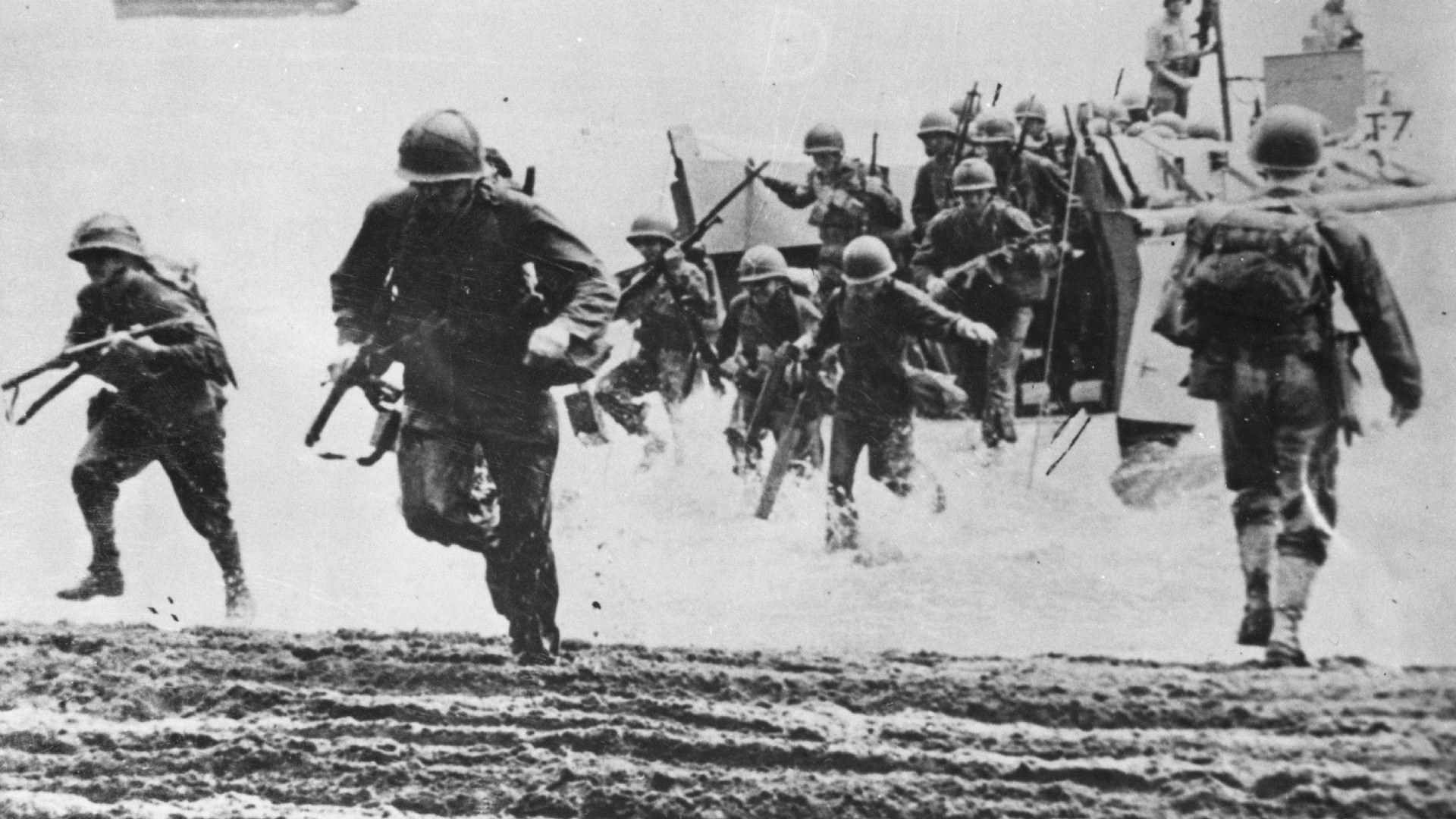
U.S. and allied forces in Southeast Asia and the Pacific were initially outnumbered by the Japanese in 1942. However, U.S. Navy vessels in the region prevented the Japanese from occupying Port Moresby in the southeast of New Guinea and scored a victory against the Imperial Japanese Navy (IJN) in the Battle of the Coral Sea (May, 1942).
A month later, the Battle of Midway was a major engagement between the IJN and the U.S. Navy, which emerged victorious and halted Japanese progression further across the Pacific Ocean. "American dive bombers sank four Japanese aircraft carriers and forced the Japanese to abandon their effort to occupy Midway," Wukovits said. "The Japanese sustained losses that were irreplaceable in wartime, not only in aircraft carriers but also in trained pilots and aircrews. After Midway, the U.S. Navy continued to grow in strength, while the Japanese struggled with limited resources. The defense of their perimeter in the Central Pacific, rather than the extension of it, became a priority for the Japanese."
In August 1942, U.S. Marines landed on the island of Guadalcanal in the Solomon archipelago. During six months of bitter fighting, a series of naval battles swirled around Guadalcanal, and the Americans maintained control of the island’s vital airfield, forcing the Japanese to evacuate the island in Feb. 1943.
The battle for Guadalcanal was the first in which the Japanese and American Marine and Army troops fought one another. It was a long, bloody affair, but the U.S. won the hard-fought victory in another pivotal engagement.
"The Guadalcanal victory cannot be assessed simply in numerical terms or tactical advantage. It was a stunning blow to the Japanese," wrote Harry Gailey, author of "War in the Pacific: From Pearl Harbor to Tokyo Bay" (Presidio Press, 1996). "They not only lost an island that would later serve as one of the main staging grounds for further offensive action in the South Pacific, but their preoccupation with Guadalcanal prevented them from improving their situation in New Guinea. Their losses of approximately six hundred planes could be replaced; not so their trained naval fliers. Japanese expansion in the Pacific stopped at Guadalcanal."
With the victories at Midway and Guadalcanal, the Americans seized the initiative in the Pacific War and began pushing towards Tokyo. The U.S. identified two specific operational areas in the Pacific. South West Pacific, commanded by General Douglas MacArthur, included the Solomons, New Guinea, the Bismarck Islands, and the Philippines.
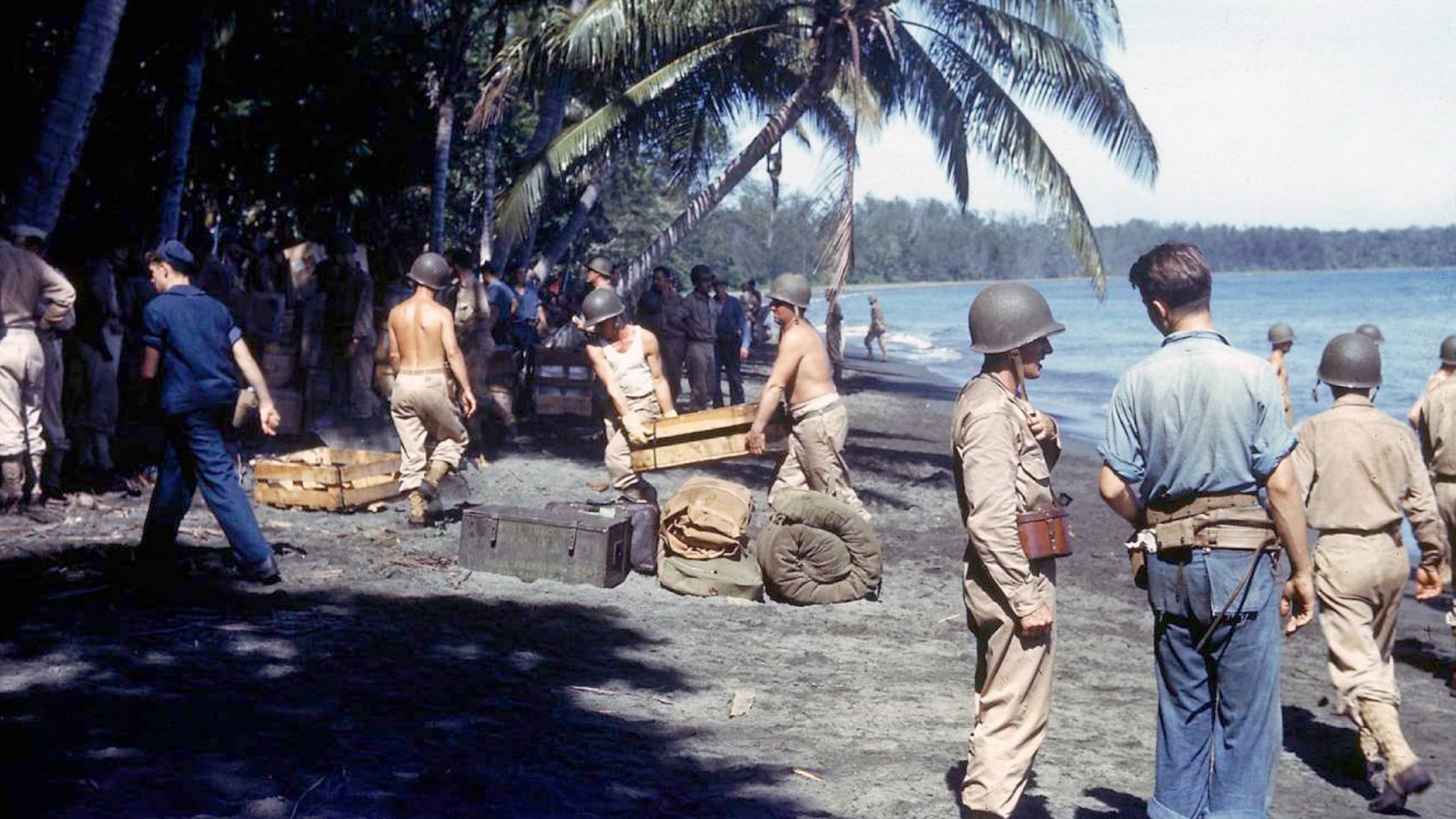
The Pacific Ocean Areas, commanded by Admiral Chester W. Nimitz, included the Gilbert, Marshall, and Marianas archipelagos. Offensives in these two strategic regions formed a two-pronged attack in order to stretch Japan's defences. U.S. commanders chose to bypass certain islands occupied by the Japanese, instead cutting their supply lines. This strategy became known as "Island Hopping".
"During the summer and autumn of 1943, American forces in the Pacific were strengthened with the introduction of the Essex-class aircraft carrier, the Iowa-class battleship, and the Grumman F6F Hellcat fighter," said Wukovits. "These machines were instrumental in waging the offensive war against Japan. In addition, the U.S. Marine Corps and U.S. Army committed growing numbers of fighting men to the effort. While MacArthur attacked in the Solomons and New Guinea, Nimitz launched a series of amphibious landings in the Central Pacific. The first of these occurred at Tarawa and Makin in the Gilberts in November 1943."
In 1944, U.S. forces gained control of key island fortresses, including Kwajalein and Eniwetok in the Marshalls, and Guam, Saipan and Tinian in the Marianas. In June of that year, Japanese naval air power was virtually annihilated at the Battle of the Philippine Sea, and in October, the Imperial Japanese Navy was again defeated in the decisive Battle of Leyte Gulf, which coincided with MacArthur’s forces landing in the Philippines on the island of Leyte, marking the general’s much-publicized return.
End of World War II
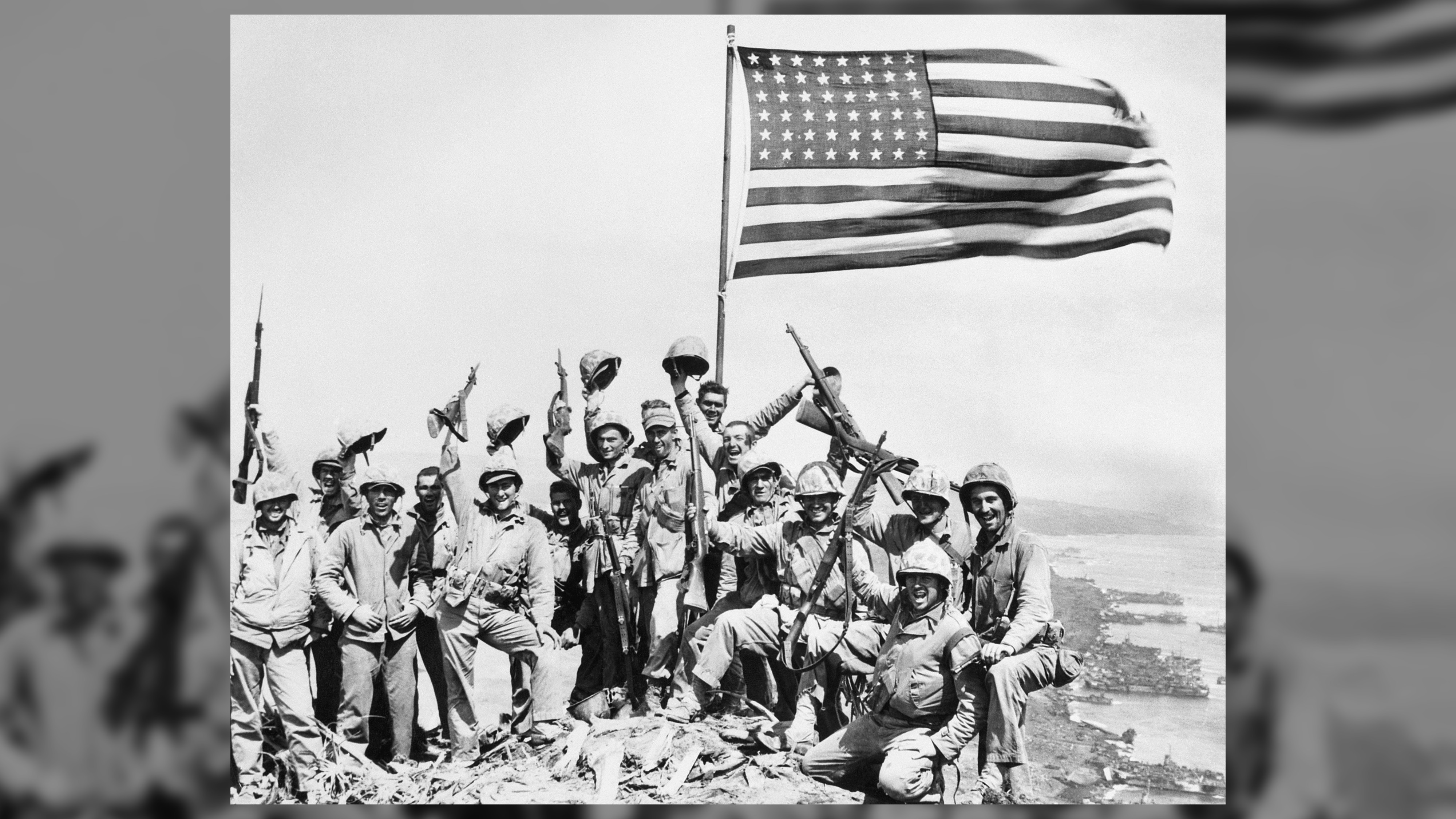
By 1945, it was apparent that Japan would inevitably lose the Pacific War. Nevertheless, its military fought with determination, defending to the death rather than losing honor in surrender. In desperation, the Japanese introduced the Kamikaze suicide air attacks that took a severe toll on U.S. Navy warships. Still, large formations of American heavy bombers, taking off from airfields in the Marianas, devastated Japanese cities with intense raids.
In February 1945, U.S. Marines attacked the island of Iwo Jima in the Volcano Islands, only 760 miles from Tokyo. After more than a month of fighting, Iwo Jima was captured. The combat was so intense that Admiral Nimitz declared, "Uncommon valor was a common virtue." Secretary of the Navy James Forrestal asserted that the inspirational raising of the U.S. flag on Mount Suribachi "means a Marine Corps for the next 500 years."
"The fighting at Iwo Jima was painful and costly, and nearly 7,000 Marines were killed in that battle alone. Of course, all strategic effort was aimed toward an eventual Allied invasion of the Japanese home islands. However, there was still another amphibious operation necessary before the invasion of Japan. In what turned out to be the final battle of the Pacific War, American Marines and Army troops landed on the island of Okinawa, only 340 miles from the home island of Kyushu, on April 1, 1945," said Wukovits.
After more than 80 days of combat, Okinawa was secured. At the same time, the U.S. Navy ships off the coast of the island were attacked by Kamikaze pilots. At Okinawa, of the estimated 100,000 Japanese defenders, only 11,000 were left standing to be taken prisoner, when the island was declared secure on June 22, 1945. American combat deaths on Okinawa totaled nearly 7,400 with 31,800 wounded. More than 4,900 naval personnel were killed or missing and 29 U.S. Navy ships sunk.
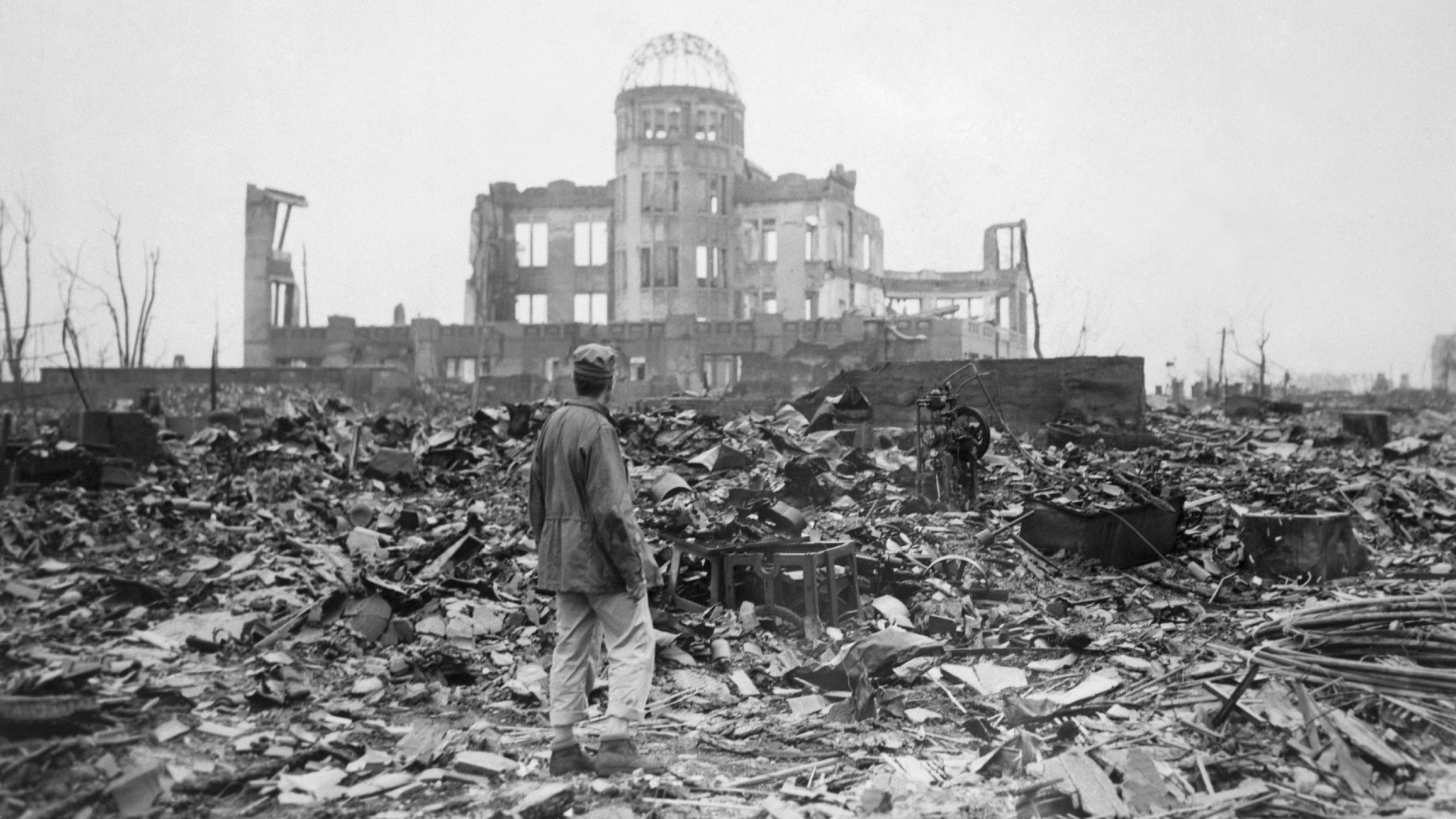
In May 1945, World War II in Europe ended. This meant that the British Empire and allied forces were able to devote further resources to the Pacific War. However, for many months, the U.S. had been committed to the development of an atomic bomb. The Manhattan Project, as it was called, was located at a secret research facility in Los Alamos, New Mexico.
U.S. President Harry Truman gave the order to use the atomic bomb against Japan in a bid to bring an end to the war. "President Truman’s decision to drop the atomic bombs on the Japanese cities of Hiroshima and Nagasaki in August 1945 ranks among the most controversial in history," Wukovits said. Approximately 200,000 people were killed or injured in the blasts, and there were lingering effects from radiation exposure. The use of the bombs brought terrible retribution on Japan.
On August 14, 1945, less than a week after the second atomic bomb had been dropped on Nagasaki, Emperor Hirohito addressed the Japanese people, announcing the nation’s unconditional surrender to the Allies, telling them, "...The enemy has begun to employ a new and most cruel bomb, the power of which to do damage is, indeed, incalculable, taking the toll of many innocent lives…." Gerard J. De Groot recounts in his book "The Bomb: A Life" (Harvard University Press, 2006).
On Sept. 2, 1945, the representatives of Imperial Japan signed the instrument of surrender under the watchful eyes of Allied representatives on the deck of the battleship USS Missouri in Tokyo Bay. During four years of fighting, Japan lost 1,740,000 military personnel killed or missing, 94,000 wounded, and civilian casualties of nearly 400,000, according to. American killed and missing totaled nearly 112,000 with 253,000 wounded, while the total casualties among all combatants approached 36 million, approximately 50 percent of those suffered in all of World War II, according to The Pacific War Online Encyclopedia.
Additional Resources
WWII wasn't the first time that the United States and Britain had fought on the same side, but immediately after the Revolutionary War that would have seemed impossible. So, when did the U.S. and U.K. become allies again?
If you want to know more about the aftermath of WWII then you should read about the origins of the Cold War and its global impact.
Bibliography
- "One Square Mile of Hell: The Battle for Tarawa" by John Wukovits (NAL Caliber, 2006)
- "The Pacific War: The strategy, politics, and players that won the war" by William B. Hopkins (Zenith Press, 2010)
- "War in the Pacific: From Pearl Harbor to Tokyo Bay" by Harry Gailey (Presidio Press, 1996)
- "The Great Pacific War: A History of the American-Japanese Campaign of 1931-1933" by Hector C. Bywater (Lume Books, 2016)
- "The Pacific War: Japan Versus the Allies" by Alan J. Levine (Praeger, 1995)
- "The Pacific War, 1931-1945: A Critical Perspective on Japan's Role in World War II" by Saburo Ienaga (Pantheon, 1978)
- "Japan's Pacific War: Personal Accounts of the Emperor's Warriors" by Peter Damian Williams (Naval Institute Press, 2021)
- The Pacific War Online Encyclopedia
- U.S. Army Center Of Military History
- HyperWar: U.S. Navy in World War II
Sign up for the Live Science daily newsletter now
Get the world’s most fascinating discoveries delivered straight to your inbox.

Michael E. Haskew, who has been studying military history for more than 25 years, is the Editor of WWII History magazine and The World War II Desk Reference with the Eisenhower Center for American Studies. He is also the author of several books, including the "West Point 1915: Eisenhower, Bradley, and the Class the Stars Fell On," "Appomattox: The Last Days of Robert E. Lee's Army of Northern Virginias," and "Tank: 100 Years of the World's Most Important Armored Military Vehicle."
Scientists built largest brain 'connectome' to date by having a lab mouse watch 'The Matrix' and 'Star Wars'
Archaeologists may have discovered the birthplace of Alexander the Great's grandmother
Elusive neutrinos' mass just got halved — and it could mean physicists are close to solving a major cosmic mystery










